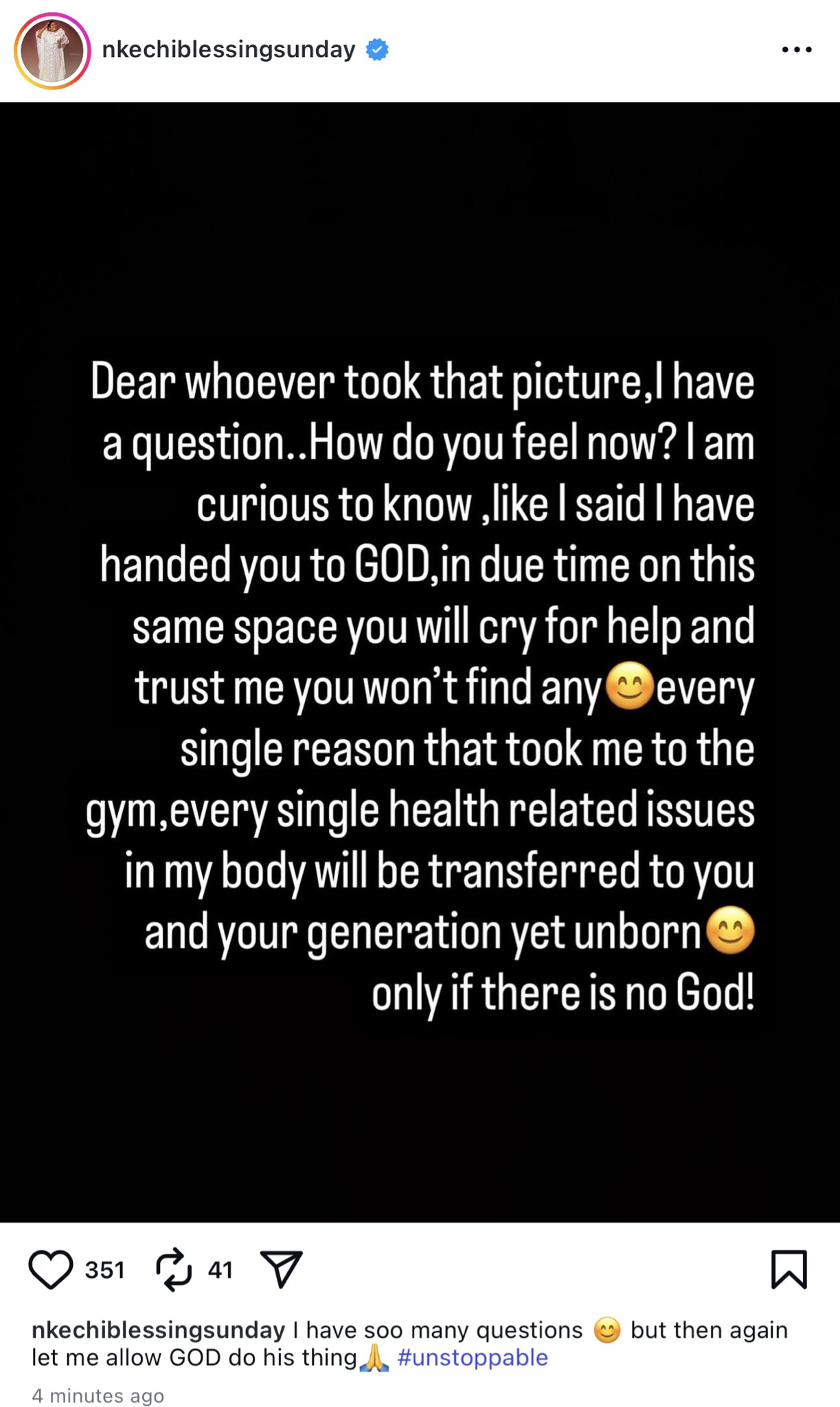Opinions expressed by Entrepreneur contributors are their own.
Anytime I meet someone who works in demand generation, I ask them: “What tactics work best for you? Or do you have to do everything before any of it works?” They almost always chuckle and say, “You kinda have to do everything.”
“Demand generation” is a broad term used to cover any marketing tactic that creates awareness and interest in buying your product or service. It’s rare that any one tactic will bring the results you want, but “everything” can feel overwhelming.
Your demand generation strategy doesn’t have to cover everything, though. It just needs something for each stage of the buying journey. Here’s what that looks like:
Related: 6 Questions to Create Your First Marketing Strategy
1. Answer the top 5 questions on your website
Shore up the bottom of your funnel first. Otherwise, whatever you pour into the top will leak out. That means addressing these five questions that every buyer asks:
Tell people exactly what you offer, who you typically work with and how much it costs (or at least what questions you ask to determine the price). Show them what it looks like, and share customer reviews or testimonials. Then make the next step to buy — completing a form, creating an account or scheduling an appointment — super easy and obvious. Take care of that before moving on to the rest of your strategy.
2. Create blog content for informational intent searches
“Informational intent” searches tend to be “what,” “how” and “why” questions that are relevant to your industry or target customer. Create content on a branded platform — your website’s blog, YouTube channel, or a community forum — answering these questions and offering a next point for buyers to consider. Over time, this will bring potential buyers to you organically.
For example, “this is how that thing works, and we can do it for you if you’re interested.” This helps you create awareness of your brand by answering their questions and gives you a shot at creating interest in what you offer by showing what life can be like if they work with you.
3. Run search ads for buying intent searches
“Buying intent” searches typically include keywords like “best,” “top,” “pricing,” “reviews,” “near me ” and the category you’re in — “HVAC companies,” or “business texting service,” for example. These people are looking to compare services and probably buy one.
You should try ranking for these terms organically, but there’s going to be at least one ad at the top of those search results, and you want it to be yours, not a competitor’s.
Related: This Business Thrived When It Made Blog Content a Cornerstone of Its Marketing Strategy
4. Earn reviews on third-party platforms
Buyers seek out reviews from existing customers before buying, and they’re looking for unfiltered opinions. So, ask customers to share their experiences on third-party platforms like G2, Capterra, Trustpilot, Facebook, TripAdvisor and Google My Business.
It’s okay if there are negative reviews in the mix. It makes you look more authentic and gives you a chance to address issues publicly, which actually scores points in your favor and helps with conversions.
5. Post organically on social media to educate and entertain your core audience
Find the platform where your ideal customers spend their time, and be present. The goal here is to build relationships and educate your audience. By doing it, you can create loyalty and also turn your customers and followers into people who spread your message. Every like, comment and share introduces your brand to new people.
An easy option is to take your blog content and repurpose it to fit this platform. Turn an article into a series of posts (one for each point made in the article), or turn it into a quick video or graphic. Building here takes time, but it becomes a powerful and self-perpetuating machine.
Related: 5 Content Marketing Tips to Hit All Your Goals
6. Sponsor social media posts to stay glued to that audience
All of your connections are not going to see every post you make. That’s why it can be helpful to retarget your followers (and “lookalike audiences”) with ads on that platform. Promote your best content, and create a mix of relevant ads to sprinkle in. As you increase engagement, you’ll reach new people — and you’ll get the added bonus of social proof, because these posts will show who else liked and commented. It will also keep you top of mind for your ideal customers.
7. Use email and SMS to nurture people who’ve already interacted with you
A buyer can — and often does — express interest in your brand without buying. That’s fine. But you want to stay top of mind, and sending occasional, relevant emails and text messages will help you share valuable info while being available anytime they may need.
For instance, if someone downloads an ebook and hasn’t had another interaction with you for a week, you may send a text to ask if they have any questions you can help with. It’s personal, keeps the conversation going, and by intentionally not being pushy, you actually open up room for more sales conversations.
Related: 5 Ways to Use Texting to Grow Your Sales and Marketing
Bonus: Use automation to create human interactions
Everyone would rather hear from a person than from a brand, and we’d all rather have a personalized (friendly) experience than to be treated like just another number. Throughout all of your demand generation efforts, look for opportunities to create those personal interactions. That’s the piece that separates decent demand-gen strategies from ones that take off.






